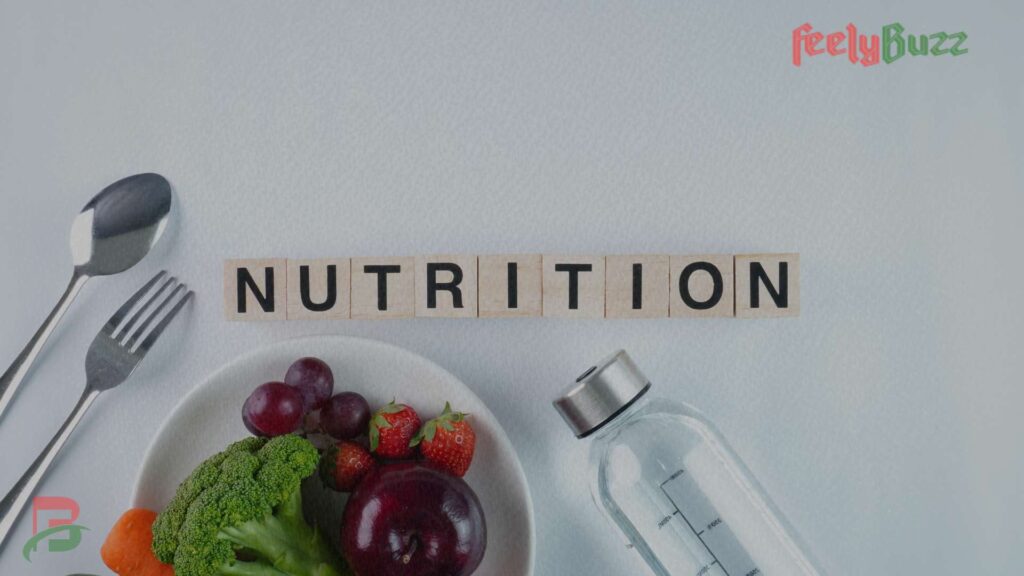In today’s fast-paced world, finding balance in our health and well-being can often feel like a challenge. Women, in particular, juggle many roles and responsibilities, which can make prioritizing health difficult. However, creating a tailored women’s health and wellness lifestyle program can offer a practical and sustainable approach to achieving long-term well-being. This isn’t about short-lived fitness trends or restrictive diets; it’s about building a lifestyle that supports physical health, mental well-being, and emotional balance.
This article will guide you through the essential steps to craft your personalized women’s health and wellness lifestyle program. By focusing on fitness, nutrition, mental wellness, and self-care, you’ll discover a blueprint that empowers you to thrive. Let’s dive into the key components of this transformative journey.
Understanding the Components of a Women’s Health and Wellness Lifestyle Program

Before we delve into the details of creating your program, it’s crucial to understand the holistic nature of women’s health and wellness. It’s not just about working out or eating right—it’s about a well-rounded lifestyle that nurtures both body and mind. A complete women’s health and wellness lifestyle program integrates several essential components:
1. Physical Fitness
Physical fitness is the foundation of any health and wellness lifestyle program. Exercise not only improves cardiovascular health and builds strength but also reduces stress, enhances mental clarity, and boosts overall energy. For women, incorporating a variety of workouts such as strength training, cardio, flexibility exercises, and mobility work ensures that all aspects of fitness are addressed.
Moreover, exercise routines should be flexible and adaptable to suit different fitness levels and personal preferences. Whether you enjoy weightlifting, yoga, running, or dancing, the key is to find activities that you enjoy and can stick with in the long term.
2. Mental and Emotional Health
Your mental and emotional well-being is deeply connected to your physical health. A holistic women’s health and wellness lifestyle program must include practices that support stress management, mental clarity, and emotional resilience. Activities like meditation, mindfulness exercises, journaling, and even creative outlets can help reduce stress and improve mental health.
In addition to individual practices, a strong support network—whether through family, friends, or wellness communities—can provide emotional encouragement and accountability.
3. Nutrition
Nutrition is the fuel that powers your body and mind. A balanced, nutrient-rich diet is crucial for energy production, immune support, and overall well-being. However, a women’s health and wellness lifestyle program goes beyond the latest diet trends. It focuses on nourishing the body with whole foods, understanding macronutrient needs, and developing a healthy relationship with food.
Hydration also plays a critical role in this aspect. Drinking enough water helps maintain cognitive function, aids digestion, and keeps the body operating at its best.
4. Self-Care and Rest
Self-care is an essential, often overlooked part of a women’s health and wellness lifestyle program. Regular self-care—whether it’s through relaxation, hobbies, or simply taking time to recharge—is vital for emotional and physical health. Sleep is another critical element of self-care that helps the body recover from daily stressors and promotes cognitive function.
A well-rounded program acknowledges the importance of balancing rest with activity. Overworking your body without adequate recovery leads to burnout, while proper rest ensures you have the energy to keep pursuing your health goals.
Creating a Balanced Fitness Routine for Your Women’s Health and Wellness Lifestyle Program

When it comes to crafting a fitness routine, it’s important to tailor it to your unique goals, preferences, and fitness level. A balanced fitness plan is essential to any women’s health and wellness lifestyle program, providing both physical benefits and mental clarity.
1. Strength Training for Women
Strength training is critical for maintaining muscle mass, increasing metabolism, and improving bone density—especially as women age. Many women shy away from weightlifting due to the fear of becoming too bulky, but this is a common misconception. Strength training helps tone the body and creates a lean, strong physique.
Incorporate compound movements like squats, deadlifts, and bench presses into your routine, which work for multiple muscle groups at once. Aim to perform strength exercises at least two to three times per week for optimal results.
2. Cardiovascular Fitness
Cardiovascular exercise boosts heart health, improves endurance, and helps manage weight. Cardio doesn’t have to mean long hours on the treadmill. Activities like brisk walking, cycling, swimming, or even dancing can get your heart rate up while keeping workouts enjoyable.
High-Intensity Interval Training (HIIT) is another effective way to incorporate cardio. HIIT alternates between short bursts of intense activity and brief recovery periods, making it efficient for those with busy schedules. Aim for at least 150 minutes of moderate-intensity cardio per week or 75 minutes of vigorous-intensity activity.
3. Flexibility and Mobility
Stretching and mobility exercises enhance flexibility, improve posture, and prevent injuries. Yoga or Pilates can be excellent additions to your fitness routine, offering both physical benefits and mental relaxation.
Incorporating at least 10 minutes of stretching into your post-workout routine can help reduce muscle tension and aid recovery. You may also consider dedicating one day a week to a full yoga session, focusing on breathing and flexibility to balance your body and mind.
4. Rest and Recovery
Recovery is an often underestimated part of fitness. Without proper rest, your muscles don’t have the opportunity to repair and grow stronger. Schedule one or two rest days per week, allowing your body time to recover. This can include light activities like walking, stretching, or even swimming, which promote active recovery.
Sleep is also a key component of recovery. Aim for 7-9 hours of quality sleep each night to ensure your body has the time it needs to repair, recharge, and reset.
Nutritional Foundations: Fueling Your Women’s Health and Wellness Lifestyle Program

Proper nutrition is the cornerstone of any successful women’s health and wellness lifestyle program. The foods you eat not only fuel your workouts but also support immune health, mental clarity, and emotional balance.
1. Macronutrient Balance
A balanced diet that includes the right proportions of macronutrients—carbohydrates, proteins, and fats—ensures your body gets the fuel it needs for optimal performance.
- Carbohydrates: These provide energy for your body, especially during exercise. Opt for complex carbs like whole grains, oats, and legumes, which release energy slowly and keep you feeling full longer.
- Proteins: Protein is essential for muscle repair and growth. Include a variety of sources such as lean meats, fish, eggs, tofu, and legumes.
- Fats: Healthy fats, such as those from avocados, nuts, seeds, and olive oil, support brain function and hormone regulation.
Focus on creating balanced meals that include all three macronutrients to sustain energy and promote overall health.
2. Incorporating More Whole Foods
Whole foods are nutrient-dense and provide the vitamins, minerals, and fiber your body needs to thrive. A women’s health and wellness lifestyle program emphasizes eating a variety of fruits, vegetables, lean proteins, and healthy fats. These foods support everything from digestive health to skin radiance and mental clarity.
Try to limit processed foods, refined sugars, and artificial additives, as they can lead to energy crashes and affect long-term health.
3. Mindful Eating and Hydration
Mindful eating is a practice that encourages you to listen to your body’s hunger and fullness cues, savor each bite, and make thoughtful food choices. By paying attention to what you eat, how you eat, and why you eat, you develop a healthier relationship with food, reduce overeating, and gain a deeper appreciation for your meals.
Hydration is equally important. Drink at least 2-3 liters of water daily to keep your body functioning optimally. Water supports digestion, cognitive function, and physical performance. Infuse your water with lemon, cucumber, or mint for a refreshing twist, and aim to limit sugary drinks.
4. Meal Planning for Success
One of the best ways to stick to your nutritional goals is through meal planning. Preparing meals in advance ensures you always have healthy options on hand, making it easier to avoid unhealthy convenience foods. Start by planning your meals for the week, focusing on nutrient-dense foods that provide the energy and sustenance your body needs.
By organizing your meals ahead of time, you’re more likely to stay on track with your women’s health and wellness lifestyle program and avoid last-minute unhealthy food choices.
Conclusion
Creating your women’s health and wellness lifestyle program is an empowering journey that encompasses fitness, nutrition, mental well-being, and self-care. This isn’t about a quick fix or strict regimen—it’s about building habits that support long-term well-being and create a balanced, fulfilling life. By focusing on each component—fitness, nutrition, and rest—you’ll develop a program that feels good, works for your lifestyle, and evolves with you over time.
Every small step you take today toward improving your health will contribute to a stronger, healthier, and happier tomorrow.





